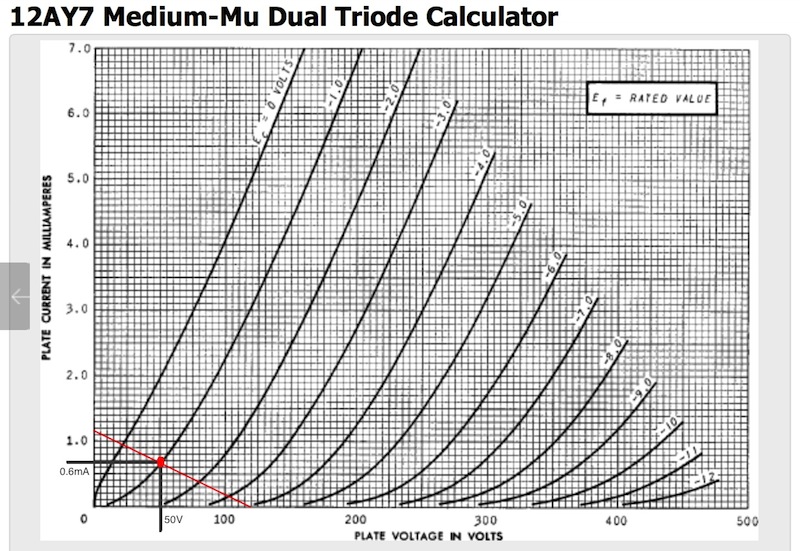Melodeath00
Well-known member
- Joined
- Jun 7, 2012
- Messages
- 416
I want to discuss tube biasing schemes/options. I know there is self bias and fixed bias. Self bias is also known as "cathode" bias, correct?
There are many different ways to bias a tube. Oliver Archut lists them out in one thread on the internet. Here are a few applicable ways...
-External source to cathode, like U47 current bias from the filament.
-External negative voltage to grid, like U67 and C12.
-Mix of both- external source to cathode in conjunction with voltage divider, like the M49/M49B.
-Self biasing via cathode resistor, like M49c and the like.
I am looking at some schematics and trying to make sense of it all. It looks like in the U47 the cathode gets voltage from the B+. 36V goes to the heater, and it seems as though 1.1V is tapped off and fed to the cathode and the rest is fed through the R3 29ohm resistor to ground. Or maybe I'm reading this incorrectly? Is it a full 36V at f1? Or is it 0V? The design of the EF800 tube in the AMI circuit seems to have a 6V heater and 0V at the other end.
Does a cathode have resistance?
I can see that in the M49b the heater voltage gets tapped and sent to the cathode, although i don't understand why the schematic says "1.6V" in reference to the grid. I'm also not sure what the voltage divider is doing, as Oliver expresses this part is important/significant. Maybe more voltage is being applied to the grid than is tapped off for the cathode?
I can see in the M49c that there is no connection between the heater and cathode. The cathode is tied to a capacitor and resistor to ground. Is this right?
Now, the Tab-funkenwerk U47 seems nothing like any of these... 5V goes to the heater and is tied to a voltage divider, which is connected to the cathode. This sounds like the M49b, except that it is the heater end that is tied to the voltage divider, not the heater end tied directly to the cathode. Maybe it's not all that different? It also differs from the U47, because it is the heater end that is ultimately tied to the cathode, as opposed to the opposite end/pin like in the U47, that seemingly has the 0V pin tied to the cathode. Am I making sense?
SCHEMATICS (in case you don't have them memorized!)
AMI: http://www.tab-funkenwerk.com/sitebuildercontent/sitebuilderpictures/U47ArchutAltTubewithRemote.jpg
M49b: https://dl.dropboxusercontent.com/u/43869772/D-M49BC/M49b_Schematic.pdf
M49c: http://www.geocities.jp/dave_group_japan/m49c.gif
U47: http://gyraf.dk/gy_pd/g7/u47.gif
Since the cathode of the EF800 in the AMI is receiving a voltage (I think), this would be fixed bias, right?
Secondly, all of these designs are plate followers. Can anyone describe how a cathode follower works? The cathode seems to be closer to the heater, and I guess a plate follower just makes more sense "in my head" in terms of working as an amplifier.
Thanks!
There are many different ways to bias a tube. Oliver Archut lists them out in one thread on the internet. Here are a few applicable ways...
-External source to cathode, like U47 current bias from the filament.
-External negative voltage to grid, like U67 and C12.
-Mix of both- external source to cathode in conjunction with voltage divider, like the M49/M49B.
-Self biasing via cathode resistor, like M49c and the like.
I am looking at some schematics and trying to make sense of it all. It looks like in the U47 the cathode gets voltage from the B+. 36V goes to the heater, and it seems as though 1.1V is tapped off and fed to the cathode and the rest is fed through the R3 29ohm resistor to ground. Or maybe I'm reading this incorrectly? Is it a full 36V at f1? Or is it 0V? The design of the EF800 tube in the AMI circuit seems to have a 6V heater and 0V at the other end.
Does a cathode have resistance?
I can see that in the M49b the heater voltage gets tapped and sent to the cathode, although i don't understand why the schematic says "1.6V" in reference to the grid. I'm also not sure what the voltage divider is doing, as Oliver expresses this part is important/significant. Maybe more voltage is being applied to the grid than is tapped off for the cathode?
I can see in the M49c that there is no connection between the heater and cathode. The cathode is tied to a capacitor and resistor to ground. Is this right?
Now, the Tab-funkenwerk U47 seems nothing like any of these... 5V goes to the heater and is tied to a voltage divider, which is connected to the cathode. This sounds like the M49b, except that it is the heater end that is tied to the voltage divider, not the heater end tied directly to the cathode. Maybe it's not all that different? It also differs from the U47, because it is the heater end that is ultimately tied to the cathode, as opposed to the opposite end/pin like in the U47, that seemingly has the 0V pin tied to the cathode. Am I making sense?
SCHEMATICS (in case you don't have them memorized!)
AMI: http://www.tab-funkenwerk.com/sitebuildercontent/sitebuilderpictures/U47ArchutAltTubewithRemote.jpg
M49b: https://dl.dropboxusercontent.com/u/43869772/D-M49BC/M49b_Schematic.pdf
M49c: http://www.geocities.jp/dave_group_japan/m49c.gif
U47: http://gyraf.dk/gy_pd/g7/u47.gif
Since the cathode of the EF800 in the AMI is receiving a voltage (I think), this would be fixed bias, right?
Secondly, all of these designs are plate followers. Can anyone describe how a cathode follower works? The cathode seems to be closer to the heater, and I guess a plate follower just makes more sense "in my head" in terms of working as an amplifier.
Thanks!


































